Patcharavipa’s Bangkok jewellery store takes a pared-back approach

Architecture is a perennial source of inspiration for jewellery designers. The Bangkok-born fine jewellery designer Patcharavipa Bodiratnangkura is just the latest to look at buildings for design cues, but from a refreshingly new angle. It’s not so much buildings, but rather material finishes that interest her – the soft, neutral tones of industrial fabrics and, in particular, the correlation between them and the organic design resources she gleans from her local environment, such as teak, coconut shells and gold.
This year, she has succeeded in combining all of the above in a seriously minimalist home-town store by French architects Ciguë, creators of retail environments for the likes of Isabel Marant, Kris Van Assche and Maiyet, among others. Situated in the Ploenchit district of Bangkok, where Patcharavipa is mostly based (she divides her time between Bangkok and London), the eponymous boutique, to which the workshop is annexed, fulfils the jewellery designer’s vision of ‘creating a space where I could explain and express my jewellery and the ideas behind it; a chance to design jewellery for an empty space, to create larger pieces; to explore my designs more.’
Patcharavipa is best known for her use of Siam gold and the particular textures that her craftsmen file into it. The organic geometry of her rings and earrings never looks overstyled, too fashion-driven or ‘modern’. But then Patcharavipa, who graduated from Central Saint Martins in London in 2014, has been producing jewellery since she was 13.
The new boutique is housed in a 1980s building that belongs to her family. The jeweller’s great-grandfather, Nai Lert, was the developer who masterplanned the Ploenchit area next to what is now called Nai Lert Park in the early 20th century.
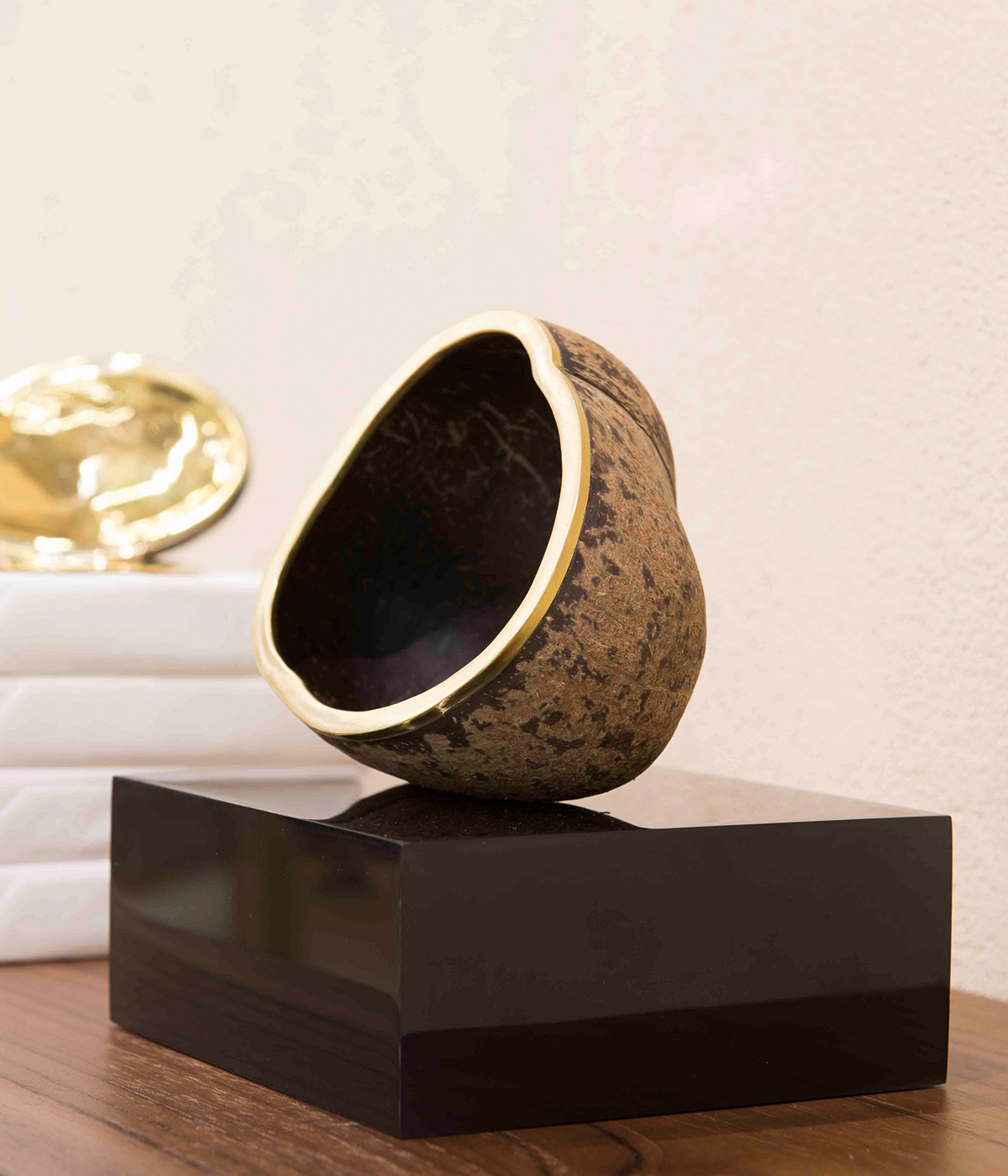
The new store allows Patcharavipa space to display not just her jewellery but larger objects she designs, such as ‘Cigass’, a work in brass and coconut shell.
‘It’s a strange retro-modern building, with a particular vibe – 1980s obsolete, patio, tinted windows, angled concrete surfaces. It’s well made,’ says Hugo Haas of Ciguë. ‘The interior shell was already stripped down to rough concrete slabs, beams and posts, so the idea was to mix different worlds, different periods. Bangkok is partially about that, and so is Pat, whose aesthetic forms a tension between contemporary and vernacular, industrial synthetic and organic, worldwide and primitive.’
Haas and Patcharavipa first worked together for her exhibition space at Paris fashion week in 2016, where they developed a foam – or mousse – fabric that looked like concrete, as a display backdrop for her jewellery collection. ‘The foam experiment, where we created something “poor” and synthetic to oppose the precious aspect of fine jewellery was the same approach we took with the boutique design,’ says Haas.
‘The materials palette plays between the super-soft tones of the coloured plaster and concrete floor, and the contrasting dark teak furniture, technical LED lighting and aluminium fixtures.’
The pair mostly worked on the project remotely. Patcharavipa threw in some images of works by artists James Turrell and Rachel Whiteread, as well as a Man Ray photograph – ‘I liked the way the shadows fell in it, while in Turrell’s work I saw something surreal in its reflective qualities.’ The furnishings, which were sourced by Patcharavipa’s furniture-designer brother, Phollawud Bodiratnangkura (whose business is next door), was also an integral part of the conversation.
The sum of all these richly textured parts is now a unique, organic whole – a thoroughly modern jewellery boutique. A contemporary gem of felt, wood, foam, soft-toned plaster, neoprene, brass, cloth and bulletproof glass, Patcharavipa Bangkok is blissfully free of black velvet and gilt-edged chairs, with not a statement chandelier in sight.
As originally featured in the March 2018 issue of Wallpaper* (W*228)
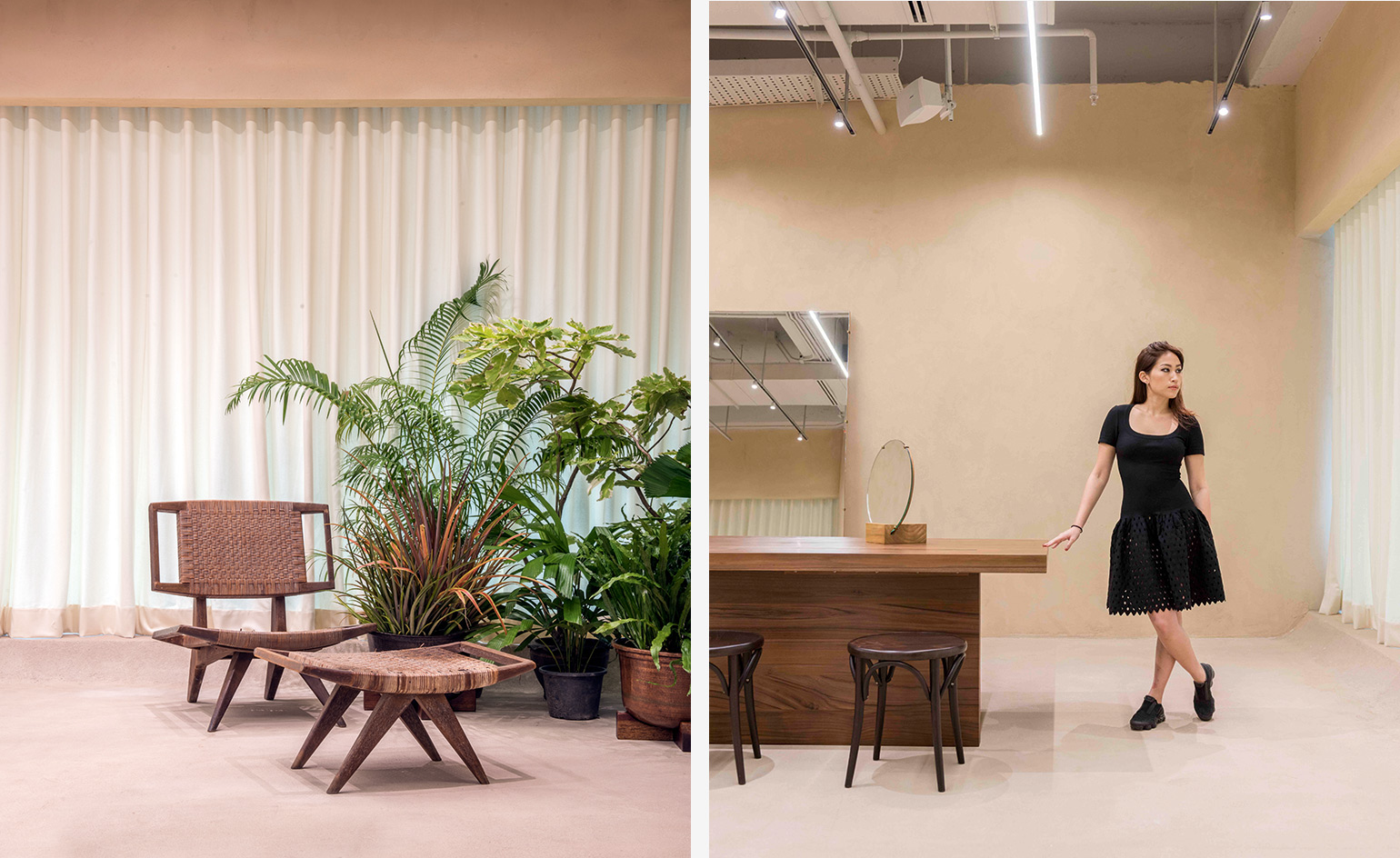
Left, the chairs and ottoman, 1950s, are from the family’s private collection of antiques. Right, Patcharavipa in the store, with its soft-toned plaster walls and floor
INFORMATION
For more information, visit the Patcharavipa website and the Ciguë website
Receive our daily digest of inspiration, escapism and design stories from around the world direct to your inbox.
Caragh McKay is a contributing editor at Wallpaper* and was watches & jewellery director at the magazine between 2011 and 2019. Caragh’s current remit is cross-cultural and her recent stories include the curious tale of how Muhammad Ali met his poetic match in Robert Burns and how a Martin Scorsese Martin film revived a forgotten Osage art.
-
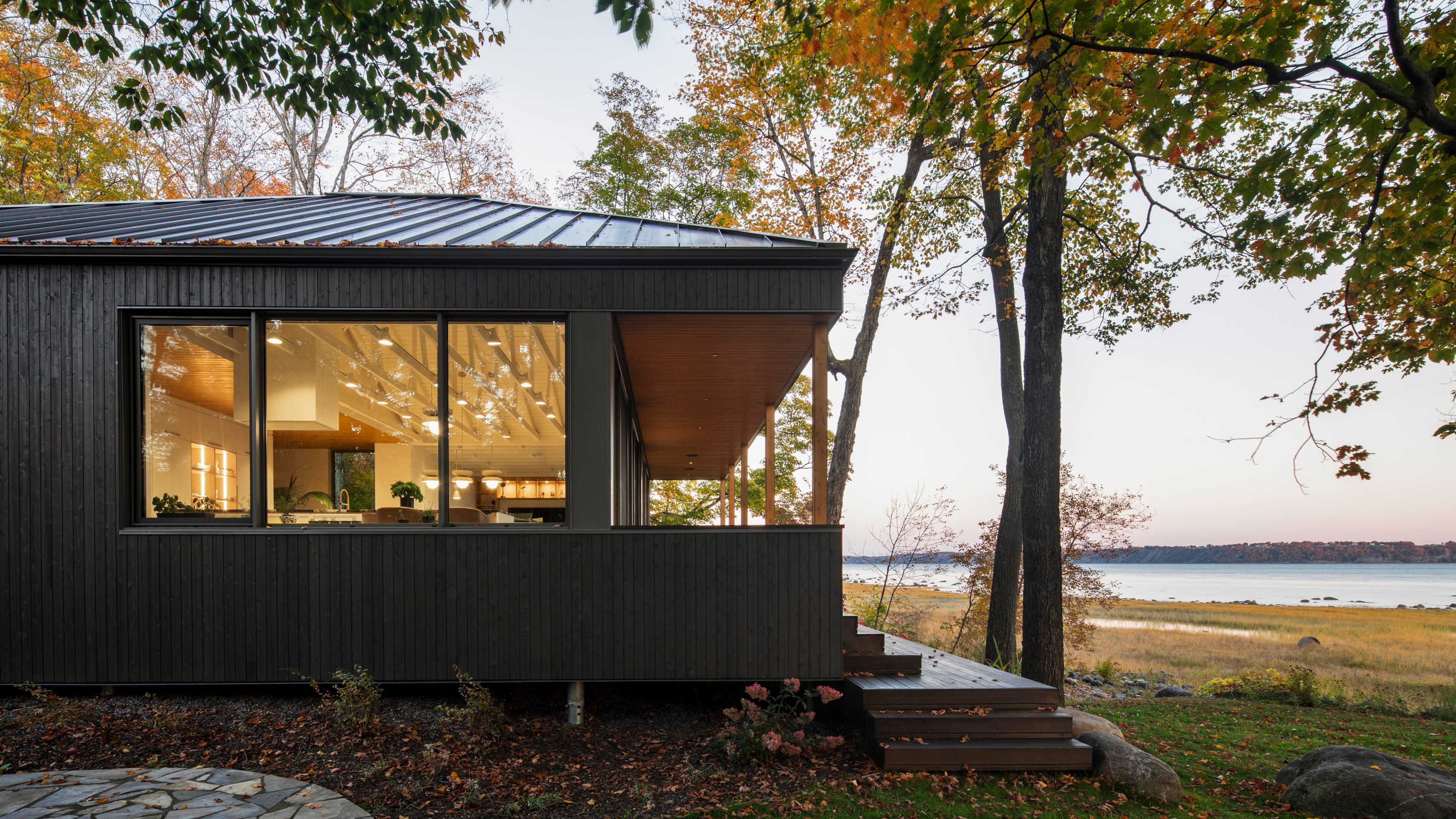 A new Canadian house expands and extends a cottage on the banks of the St Lawrence River
A new Canadian house expands and extends a cottage on the banks of the St Lawrence RiverArchitects Bourgeois / Lechasseur have transformed an existing cottage into an elegant contemporary waterside retreat
-
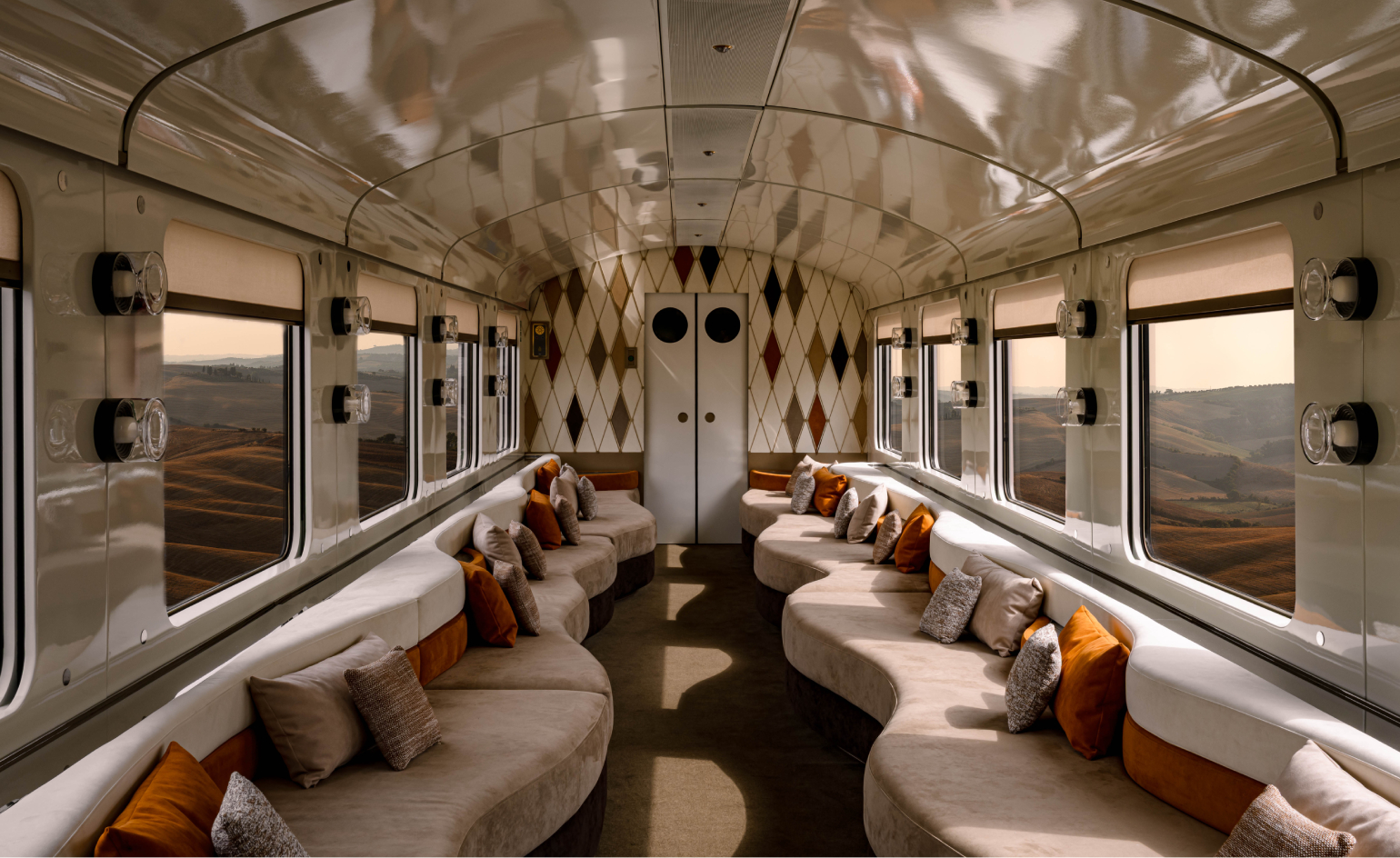 Wallpaper* Design Awards: Orient Express wins Best Reinvention 2026
Wallpaper* Design Awards: Orient Express wins Best Reinvention 2026Orient Express has held a near-mythic place in the globetrotting firmament since launching in 1883, but its recent reinvention – including its first hotel and an upcoming yacht – signals a decisive new chapter
-
 Step into a winter wonderland at this snow-covered St Moritz chalet
Step into a winter wonderland at this snow-covered St Moritz chaletA Swiss chalet reimagines Alpine living through serene architecture and Molteni&C’s refined, contemporary furnishings
-
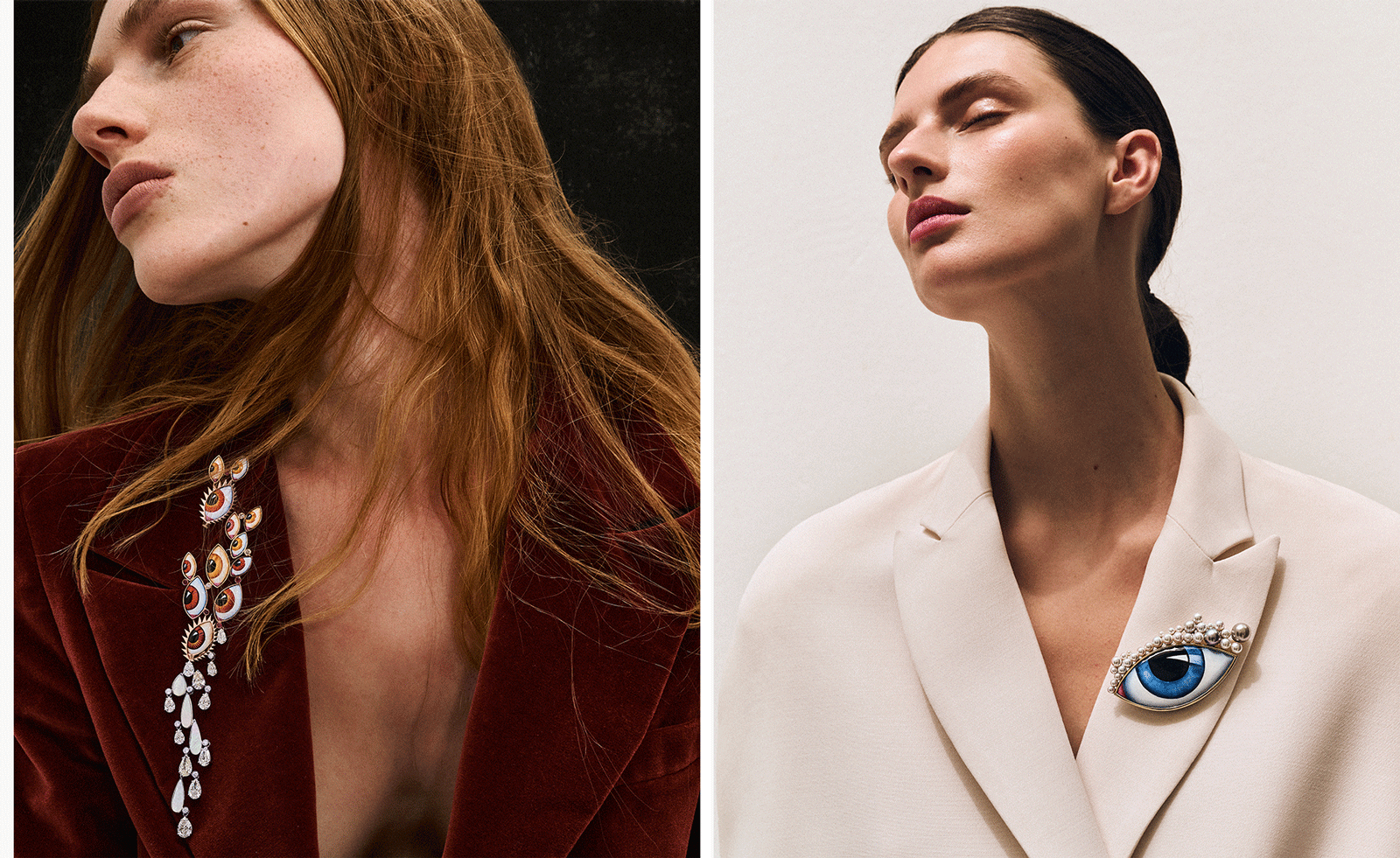 All eyes on Greek jewellery brand Lito as it launches bold new amulets to mark its 25 years
All eyes on Greek jewellery brand Lito as it launches bold new amulets to mark its 25 yearsStriking amulets, seductive stones and secret messages characterise Lito's striking new anniversary collection, an extension of its ‘Tu es Partout’ series
-
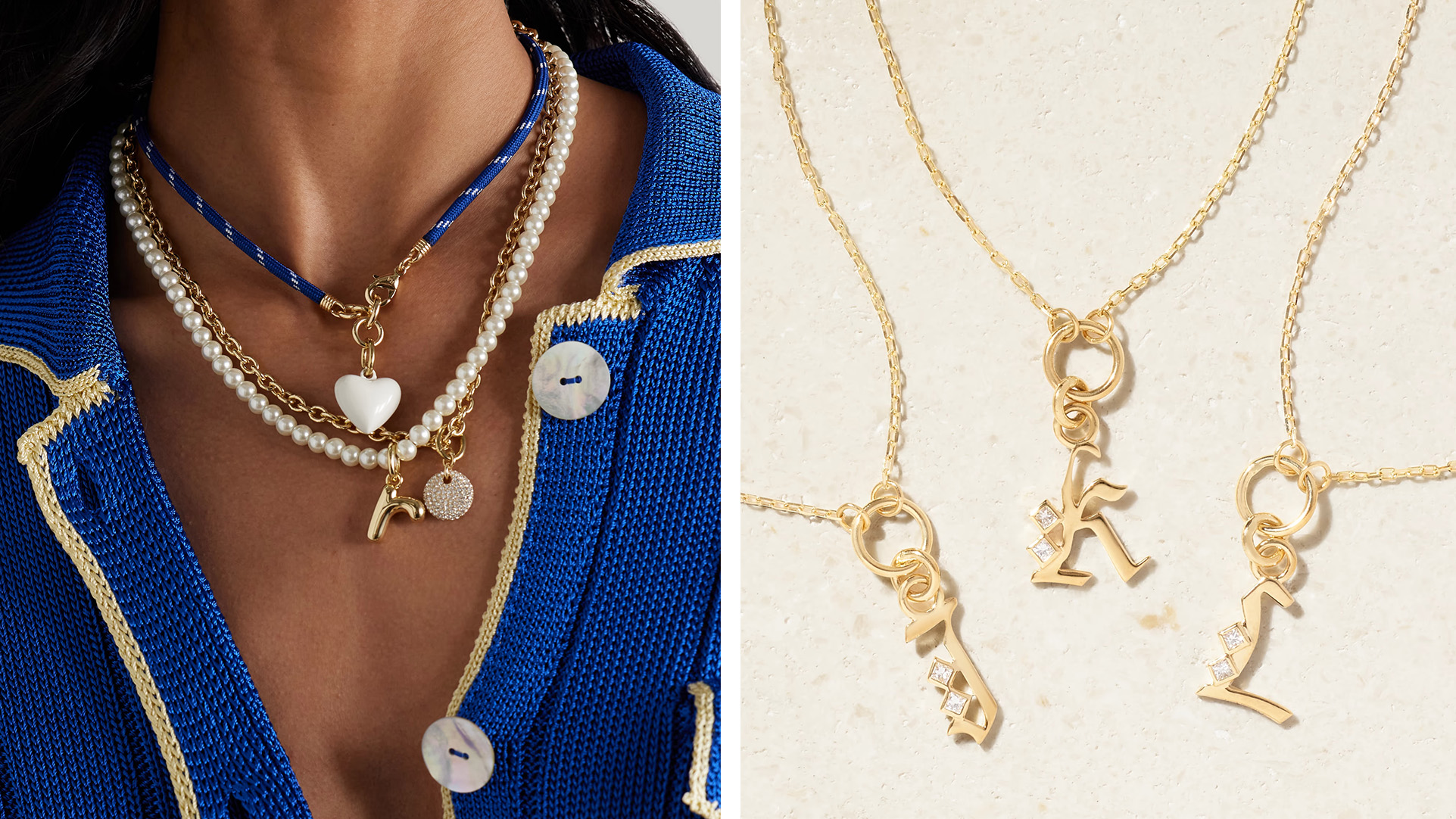 The best layering necklaces for an elevated yet casual look
The best layering necklaces for an elevated yet casual lookHow to mix, match and stack jewellery for the ultimate high-energy, low-effort style
-
 Late summer jewels: what to wear at Golden Hour
Late summer jewels: what to wear at Golden HourLate summer signals a jewellery style-shift. These independent designers have got it covered
-
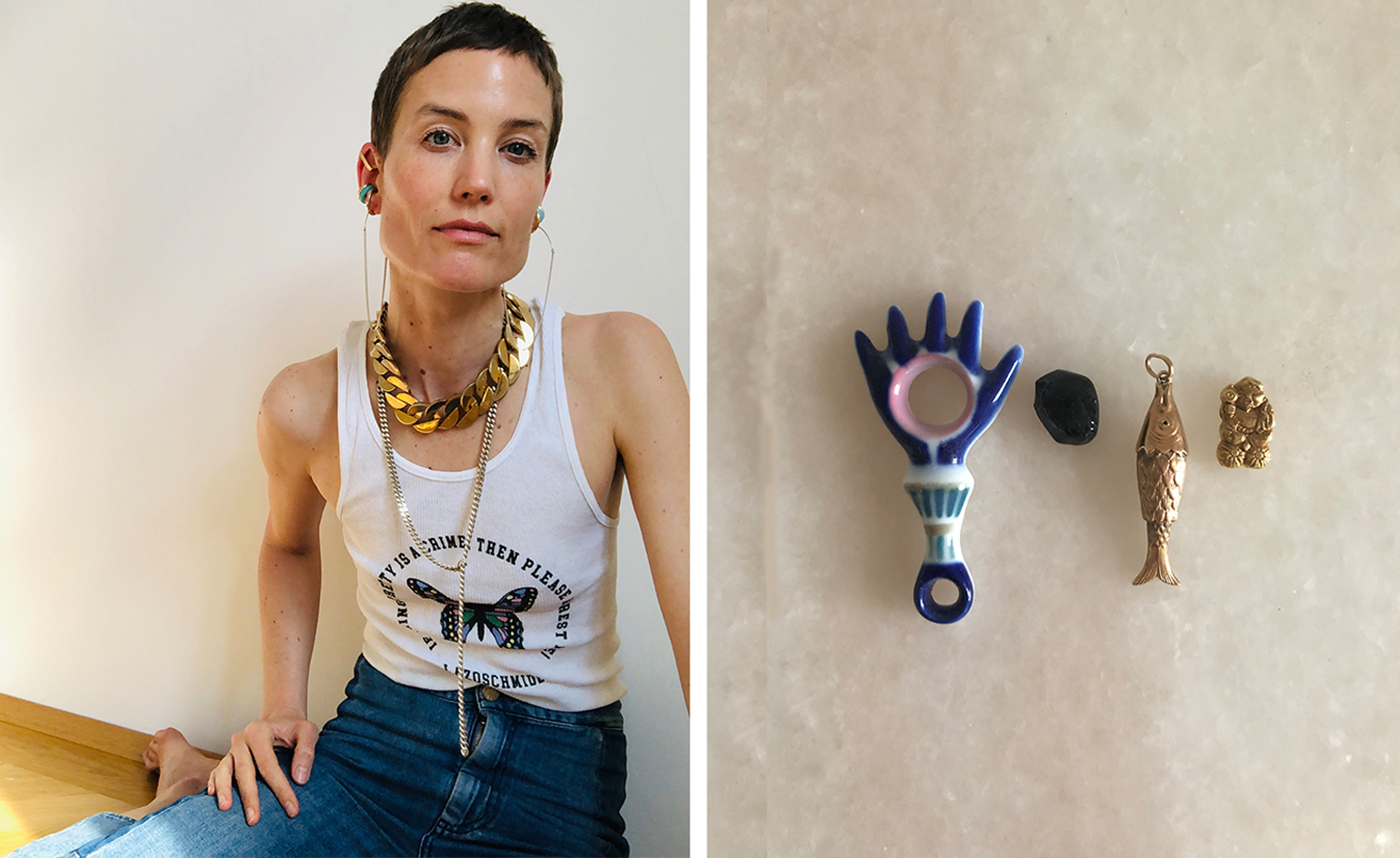 Jewellery designers share their most precious personal pieces
Jewellery designers share their most precious personal piecesA host of jewellers give us a peek at the jewellery which brings them joy and solace
-
 Hair jewellery to covet and collect
Hair jewellery to covet and collectToday’s hair jewellery is both practical and pretty. We're pinning our hopes on these simple and elegant accessories
-
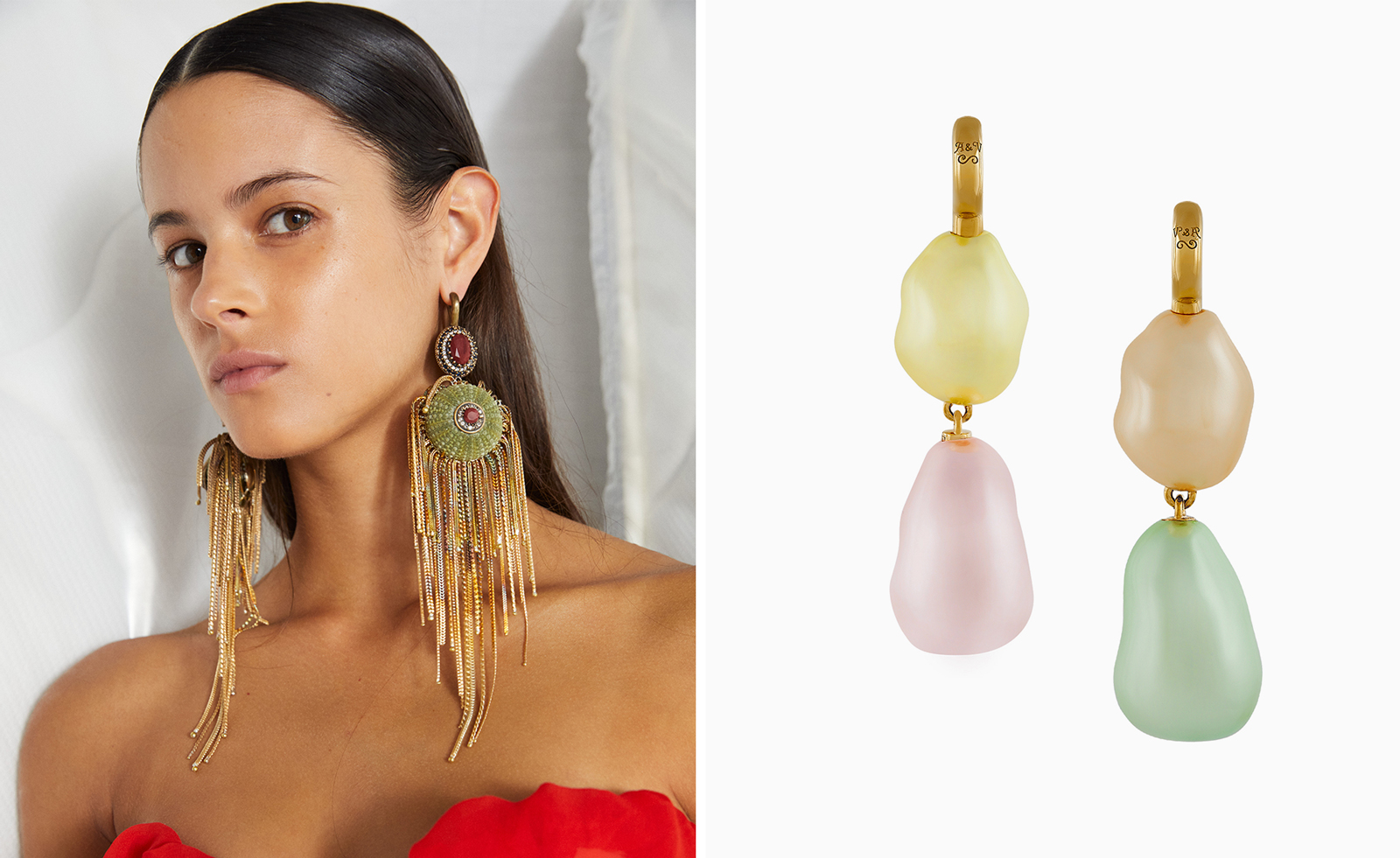 Andreas Kronthaler’s costume jewellery for Vivienne Westwood is fun, flirty and fabulous
Andreas Kronthaler’s costume jewellery for Vivienne Westwood is fun, flirty and fabulousAndreas Kronthaler’s new jewellery draws on romantic and theatrical motifs
-
 Fope’s flexible gold chains rethink a classic design
Fope’s flexible gold chains rethink a classic designElasticity meets elegance in Fope’s new jewellery collection, ‘Luna’
-
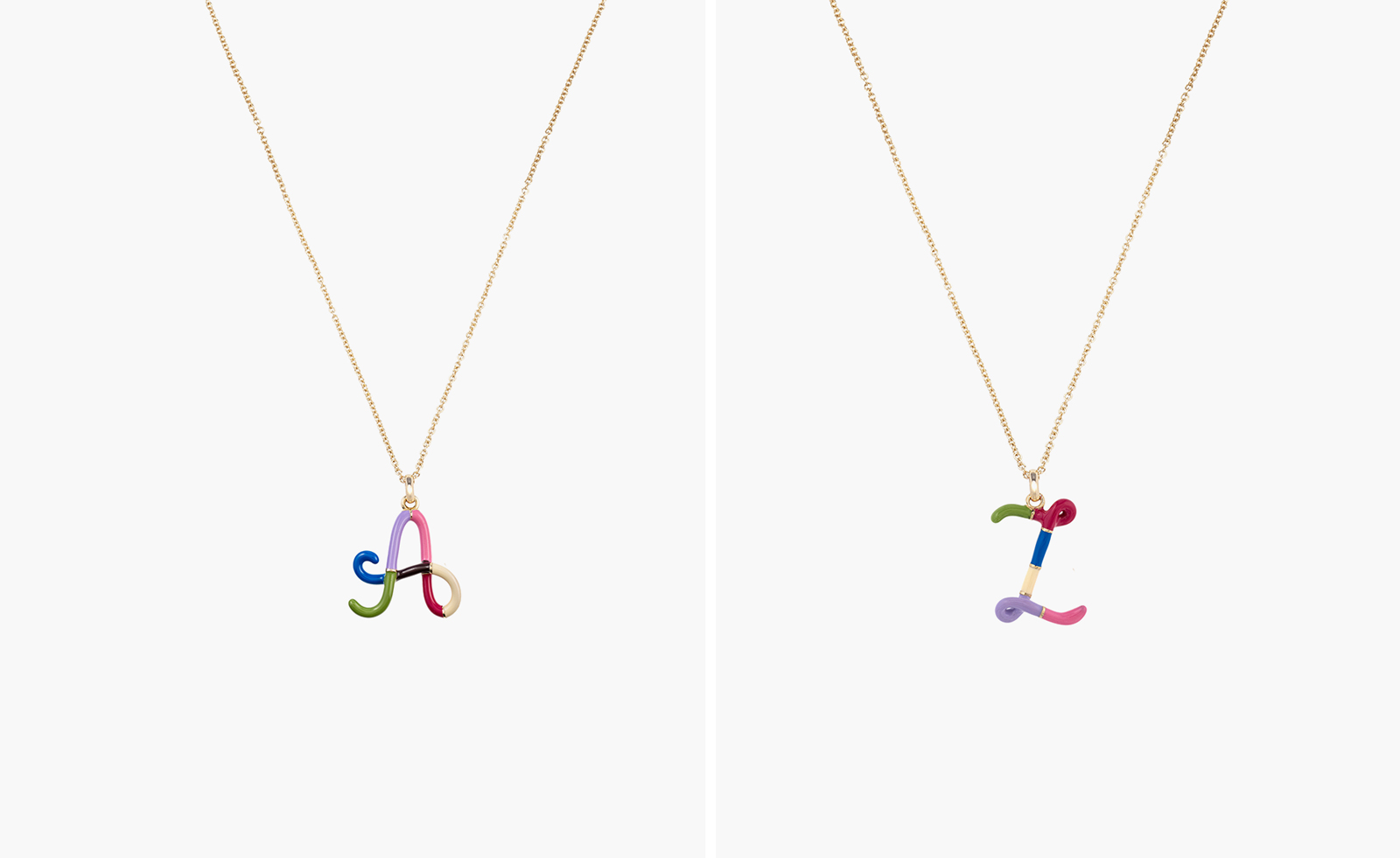 Get personal with Bea Bongiasca’s colourful initial necklaces in enamel
Get personal with Bea Bongiasca’s colourful initial necklaces in enamelBea Bongiasca’s ‘B Colour’ collection of initial necklaces brings a chic modernity to personalised jewellery